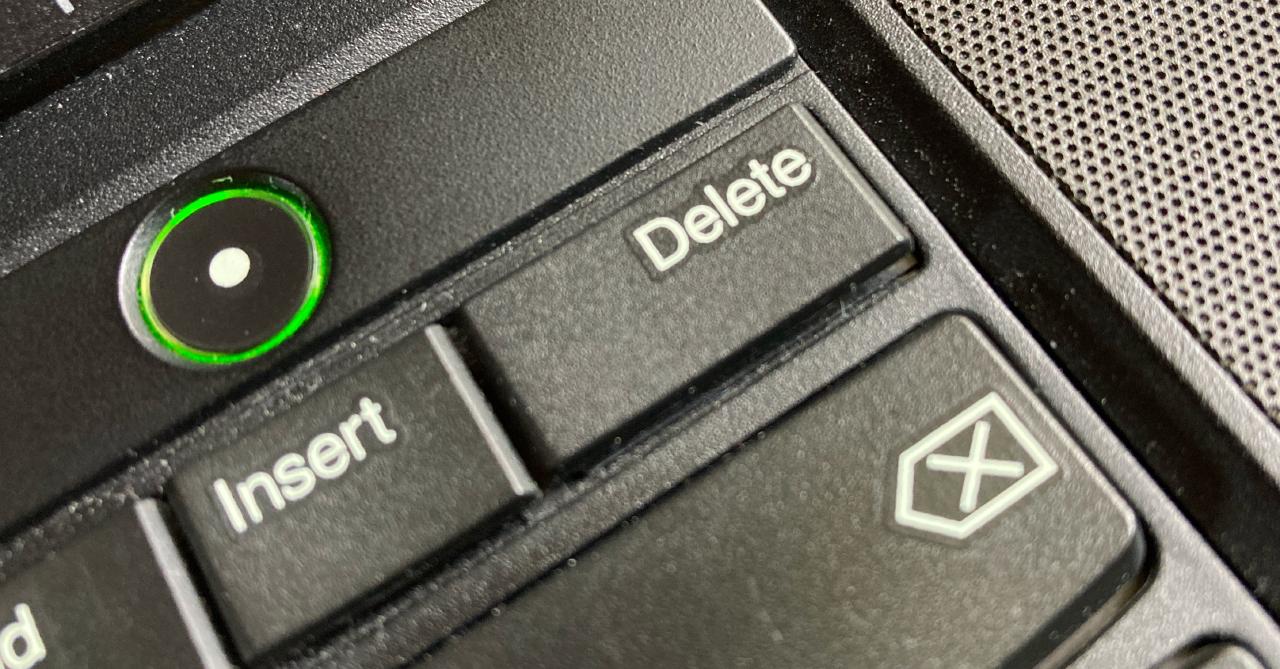btrbk is awesome
I like having a safety net whenever I’m doing something potentially destructive,
which is why I use the btrfs file system for my operating system and my data.
Snapshots are one half of my “whoops, there goes all my work” strategy (backups
are the other half).
I’ve written about how I use snapshots on btrfs using snapper, but lately I’ve become annoyed with it.

Shortcomings of snapper
snapper is great while you’re on the happy path, but when you wander off of
it, it gets a bit frustrating. This is 100% my own personal experience and I
cannot rule out any PEBCAK scenarios, but it’s how I felt using the tool.
The snapshots are on the same subvolume, such as /home/.snapshots, which means
that I have to specifically exclude the .snapshots folder in every tool and
script that I use for making backups. Without that change, the tools ended up
scanning the folder and eating up a lot of resources, mainly the CPU and storage.
Backing up snapshots to something like an external backup SSD wasn’t something
that snapper supported out of the box as well, meaning that for offline
backups I still had to resort to a good old rsync copy. It’s inconvenient and
I won’t have a backup that also contained recent snapshots, but it was
manageable.
I also reinstalled Fedora Linux on my ThinkPad recently to see how well my
Ansible playbooks hold up (quite decently!) and found that setting up snapper
is a bit of a pain. I tried to set up snapper again, but it wasn’t as
straightforward as I was hoping for, with it not properly picking up the
configuration file changes. At the end, it just ran into weird errors
when I tried it to prune some snapshots according to the policy I set up. Since
I was running out of disk space, I just gave up, uninstalled snapper and
destroyed the snapshots manually.
After all that (and a recommendation by a friend) I decided to bite the bullet and try out btrbk.
btrbk
Setting up btrbk on Fedora Linux 36 was a breeze. Install it via dnf install btrbk, copy your configuration to /etc/btrbk/, make sure that the directory
used for snapshots exists with mkdir /btrbk_snapshots and you’re good to go!
btrbk is just a huge Perl script, so no fancy dependencies are needed.
My btrfs filesystem has three subvolumes: /, /home and /storage. Data
stored on these subvolumes has different levels of importance, which is also
reflected in the snapshot retention policies.
The configuration on my setup is the following:
timestamp_format long
volume /
snapshot_dir /btrbk_snapshots
subvolume /
snapshot_preserve_min 12h
snapshot_preserve 24h
subvolume /home
snapshot_preserve_min 48h
snapshot_preserve 7d
subvolume /storage
snapshot_preserve_min 6h
snapshot_preserve 7d
To take the snapshots, I’ve set up a systemd timer that runs every 5 minutes and runs the following command:
btrbk -c /etc/btrbk/btrbk.conf run --progress
A successful run will have output like this:
--------------------------------------------------------------------------------
Backup Summary (btrbk command line client, version 0.32.1)
Date: Sat Jul 9 14:00:00 2022
Config: /etc/btrbk/btrbk.conf
Legend:
=== up-to-date subvolume (source snapshot)
+++ created subvolume (source snapshot)
--- deleted subvolume
*** received subvolume (non-incremental)
>>> received subvolume (incremental)
--------------------------------------------------------------------------------
/
+++ /btrbk_snapshots/ROOT.20220709T1400
--- /btrbk_snapshots/ROOT.20220708T1300
/home
+++ /btrbk_snapshots/home.20220709T1400
/storage
+++ /btrbk_snapshots/storage.20220709T1400
--- /btrbk_snapshots/storage.20220709T0745
--- /btrbk_snapshots/storage.20220709T0750
--- /btrbk_snapshots/storage.20220709T0755
I love how the output is very concise about what it just did.
To make a backup of my drive to an external SSD that’s also a btrfs filesystem,
I created a separate config at /etc/btrbk/backup-to-ext-drive.conf:
timestamp_format long
target_preserve_min no
target_preserve 7d
volume /
snapshot_dir /btrbk_snapshots
target /mnt/backup/T430
subvolume /
subvolume /home
subvolume /storage
In this example, /mnt/backup/T430 is a btrfs subvolume itself.
Instead of running rsync, my backup script contains the line:
btrbk -c /etc/btrbk/backup-to-ext-drive.conf run --progress
I love how the default behaviour in btrbk is to keep snapshots separate from
the subvolumes themselves. Making a full copy of /home or any other filesystem
doesn’t require me to always exclude the .snapshots directory, which is nice.
The snapshot names themselves are also human readable. If I accidentally messed
up and my changes from an hour ago were lost, I’d just have to go to
/btrbk_snapshots, look up a snapshot from an hour ago, and copy whatever I
need from the snapshot. This has already saved my butt at least once.
Conclusion
It’s not often that a piece of software gets me that excited, but btrbk has
somehow managed to do it. It’s a single script that has all the example use
cases documented in its README and the functionality does exactly what I want.
That’s all I really need from software.
Huge thanks to Digital Integrity GmbH for building, maintaining and sharing this tool with the world!
Subscribe to new posts via the RSS feed.
Not sure what RSS is, or how to get started? Check this guide!
You can reach me via e-mail or LinkedIn.
If you liked this post, consider sharing it!